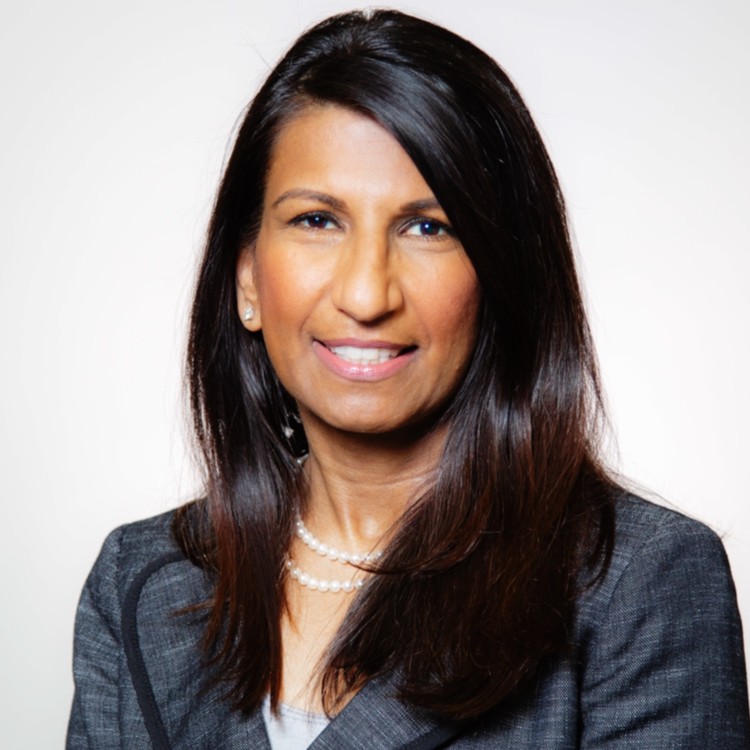Vandna Bhrany
Vice President, HEDIS Strategy & Analytics at AmeriHealth Caritas

What does innovation in Health IT mean to you?
Innovation can mean a lot of different things. It means accessibility and usability of technology. It means taking existing technology and transforming it in a manner that either creates a new use case or enhances the member’s experience. Innovation, in many ways, is a really big buzzword in the industry right now. What it means for me, if I think about it and try and boil it down to a simple description, it’s really about taking something and ensuring that the end-user can use it and that it has some positive outcome or output for that user. For example, someone could find a great new way to use Post-it notes, and that could be seen as innovation.
What changes would you like to see in Health IT?
I would like to see standardization and simplification. That the consumer, member, or patient voice is incorporated into the next phase of health IT. Currently, the changes are mainly driven by payers, providers, and vendors who are trying to create a kind of AI space. I, personally, don’t believe they have met the member where they need to be met.
What led you to become involved in healthcare technology?
I didn’t really have an option not to become involved in IT. Today's day and age requires a very strong intersection between IT infrastructure, governance, and integrity. Even though I never wanted to be a programmer or an IT professional, here I am. I have a master’s degree in healthcare management, so I've always been more inclined towards the strategic, operational aspect of healthcare with an emphasis on data. That’s where my skillset intersects data and strategy. Without a robust IT platform or understanding of data governance and integrity requirements, I couldn't succeed.
How do you ensure your organization keeps up with the continual technological advances?
I talk to many people and keep abreast of what's happening in the industry. It’s important to read, be available for information when decisions are being made, and be willing to understand.
What do you believe is the biggest challenge facing leaders in the healthcare sector?
Time. Take the time to understand and execute, especially in healthcare. Whether it's IT or not, healthcare is not known for its ability to move in an agile manner. Yet the industry and the world are moving much faster than healthcare’s historically snail’s pace. Healthcare leaders are constantly battling against time. I can establish or implement something, but by the time it gets implemented after going through procurement, security, and configuration, it'll be an old process within the healthcare ecosystem. We, as leaders, must become aware and agile in how we approach improvements, strategy, and enhancements.
How are current trends in Health IT impacting your organization?
The race to interoperability is the overarching umbrella of what anyone is doing. One of the biggest challenges people are facing is achieving it in a manner that's both cost-effective and collaborative with other players within the ecosystem. We need to achieve interoperability in a way that makes sense from a data perspective because it doesn't help if you implement it too fast and end up unable to use it.
What is the most rewarding part about being in the healthcare industry?
For me, it’s the impact on our membership. Although I don’t work in a direct member/patient role, I hope that what I do to ingest data and create insights from it improves an aspect of their understanding and overall care.
What advice would you give a woman interested in pursuing a Health IT career?
First, start a dictionary with all the nomenclature for the acronyms you encounter. There is an abundance of acronyms, especially in the IT world. Second, ask questions, and don't be afraid to ask just because there's so much that's changing. Remember that if you're not willing to ask the questions, you are going to get lost in the fray.


